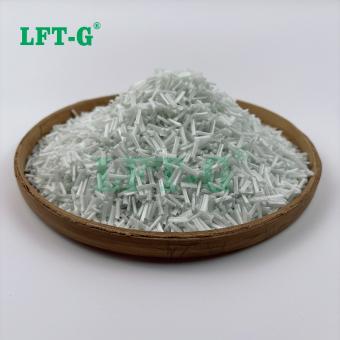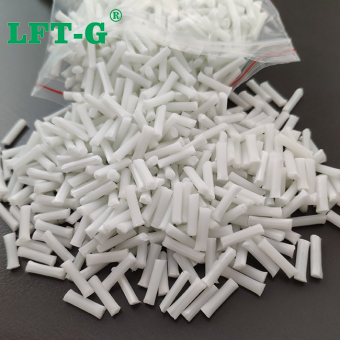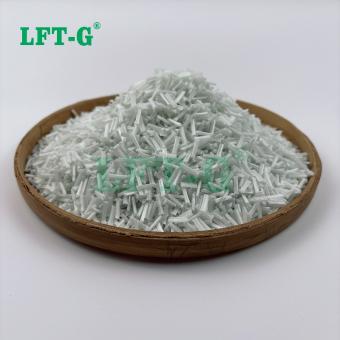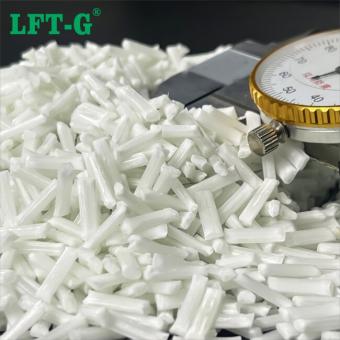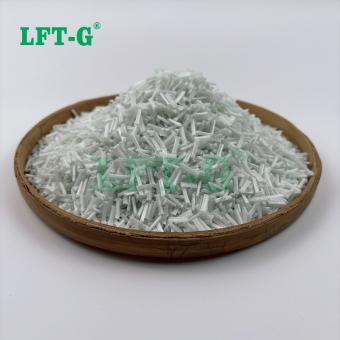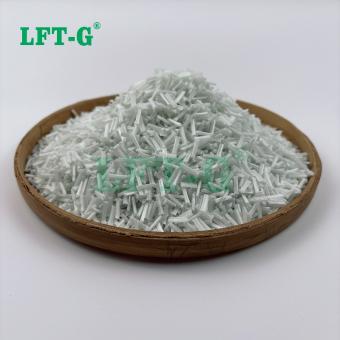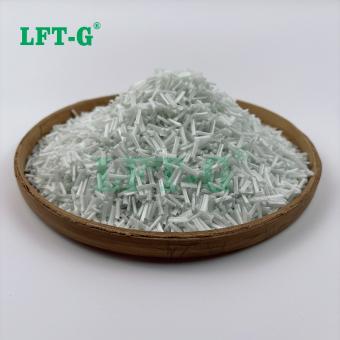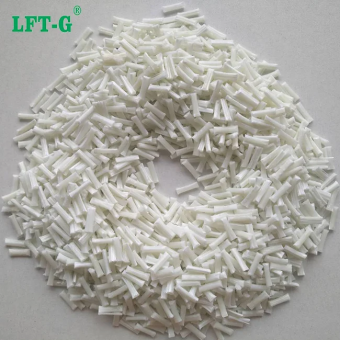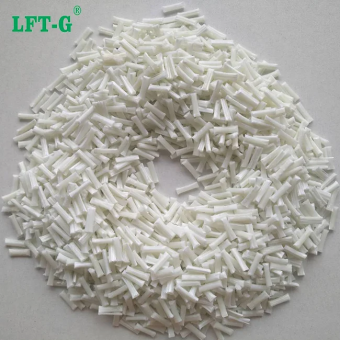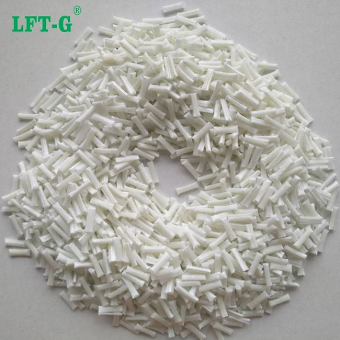ABS glass fiber pellets Granules ABS virgin raw materials +glass fiber
-
ABS Pellets Glass FiberABS injection molding refers to the process of injecting molten ABS plastic into a mold at high pressures and temperatures. There are many ABS injection molding applications as it is a widely used plastic and can be found in the automotive, consumer product, and construction industries to name a few.
- reinforced glass fiber
- glass fiber reinforced polymer rebar
- glass fiber reinforced concrete panel
- abs plastic
- abs resin pellets
- engineering plastic
Tags :
-
LFT-G modified ABS compounds Long Glass Fiber for automotive partsABS injection molding refers to the process of injecting molten ABS plastic into a mold at high pressures and temperatures. There are many ABS injection molding applications as it is a widely used plastic and can be found in the automotive, consumer product, and construction industries to name a few.
- ABS Long Glass Fiber Reinforced Polymer
- ABS long fiber reinforced
- lgf injection mold abs for engineering
- China manufacturer ABS GF fiber reinforced
- High-performance engineering plastic ABS composite
- Natural color abs materials with filler
Tags :
-
Long Glass Fiber Reinforced Composites ABS Series CopolymerABS injection molding refers to the process of injecting molten ABS plastic into a mold at high pressures and temperatures. There are many ABS injection molding applications as it is a widely used plastic and can be found in the automotive, consumer product, and construction industries to name a few.
- LFT-G
- abs meaning material
- abs glass fiber
- abs granules manufacturer
- plastic granules price per kg
- electronic plastics
Tags :
-
High Tensile ABS Long Glass Fiber Polymer PelletsABS injection molding refers to the process of injecting molten ABS plastic into a mold at high pressures and temperatures. There are many ABS injection molding applications as it is a widely used plastic and can be found in the automotive, consumer product, and construction industries to name a few.
- flammability properties
- lightweight composite
- glass fiber reinforced polymer price per kg
- ABS GF
- ABS electronics
- ABS Car parts
Tags :
-
LFT-G modified ABS compounds Long Glass Fiber for automotive partsABS also has good dimensional stability and can be easily machined or drilled after molding.
- Modified material lft injection molding
- ABS compounds long glass fiber
- reinforced material abs filling lgf
- ABS-LGF30 thermoplastic resin
- Thermoplastic resin ABS
Tags :
-
Glass Fiber Reinforced ABS Resin Pellets Injection MoldingAfter adding glass fiber to ABS, the rigidity, heat resistance and dimensional stability of the composite are significantly improved. In addition, the cost performance of ABS plus glass fiber is extremely good, which can meet the needs of manufacturers while reducing costs.
- abs plastic melting point
- abs plastic pellets
- natural abs color
- abs glass fiber compound
- abs raw material
Tags :
-
High Impact Resistance ABS Long Glass Fiber Plastic Injection MoldingABS is often used as a replacement for metal in the automotive industry. Various automotive parts that look for weight reduction factors use ABS thermoplastic.
- glass fiber reinforced composite
- abs plastic molds
- abs plastic materials
- abs plastic enclosure
- abs plastic cost
Tags :
-
ABS Composite Pellets with 20-60% Long Glass Fiber ContentABS long glass fiber reinforced material offers enhanced strength, impact resistance, and dimensional stability, making it ideal for demanding structural applications. With its excellent processability and toughness, it is widely used in automotive, electronics, and industrial components.view more
-
LFT ABS Plastic Long Glass Fiber Reinforced CompositesABS is sturdy, lightweight, and ductile, being easily machined but retaining good resistance to chemicals, impacts, and abrasions. In addition, ABS is more heat-resistant than other thermoplastics in its weight class and can withstand multiple cycles of heating/cooling, making it a fully recyclable plastic.view more
-
High Performance Long Fiber ABS Lightweight Metal Replacement SolutionGlass fiber reinforced ABS modified plastics have many advantages, including excellent strength and stiffness, excellent heat resistance, good chemical resistance, low water absorption, good electrical insulation and stable performance. These advantages make it have a wide range of application prospects in many fields, and can meet the needs of different industries for high-performance materials.
- Reinforced ABS plastic
- High-performance plastic compounds
- Automotive ABS plastic parts
- Industrial ABS components
- long fiber composites
Tags :
-
Reinforced ABS Compounds Long Glass Fiber for automotive partsABS injection molding refers to the process of injecting molten ABS plastic into a mold at high pressures and temperatures. There are many ABS injection molding applications as it is a widely used plastic and can be found in the automotive, consumer product, and construction industries to name a few.
- reinforced ABS plastic
- ABS for electrical enclosures
- best ABS material for automotive applications
- durable ABS composite
- ABS structural plastic
- ABS LGF material
Tags :
-
High-Strength ABS-LGF Structural Composite MaterialThis high-performance material is a composite of Acrylonitrile Butadiene Styrene (ABS) reinforced with long glass fiber (LGF), engineered through advanced pultrusion technology. Designed for enhanced structural strength and durability, it is ideal for load-bearing applications where traditional ABS falls short.view more

 e-mail
e-mail English
English français
français Deutsch
Deutsch русский
русский italiano
italiano español
español português
português العربية
العربية 日本語
日本語 한국의
한국의 中文
中文












